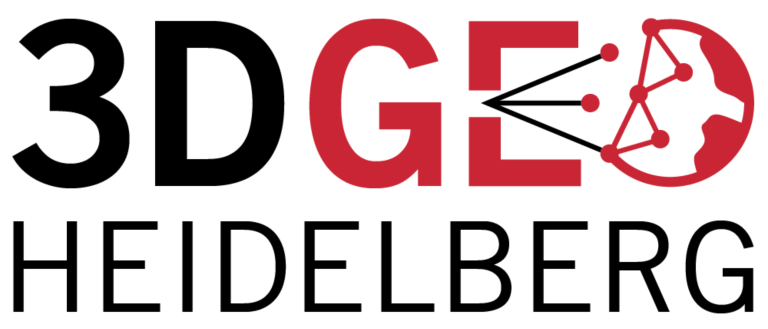Category: Publications
-
New publication: ‘Terrestrial and unmanned aerial system imagery for deriving photogrammetric three-dimensional point clouds and volume models of mass wasting sites.’
The results of a study dealing with photogrammetric 3D geodata of mass wasting sites conducted at the GIScience were considered to be worth publishing in the Journal of Applied Remote Sensing: ‘Terrestrial and unmanned aerial system imagery for deriving photogrammetric three-dimensional point clouds and volume models of mass wasting sites.‘ Three-dimensional (3D) geodata of mass…
-
RIOSCRAM 2016 – ISCRAM Conference in Rio de Janeiro
Last week Carolin Klonner, Melanie Eckle and Benjamin Herfort attended the 13th International Conference on Information Systems for Crisis Response and Management in Rio de Janeiro. The ISCRAM community is globally active and brings together researchers, academics, practitioners as well as policy makers to promote research and development of information systems for crisis management. This…
-
Assessing Data Quality of OSM Buildings and Landuse Revisited :: GIScience Heidelberg contributes to 8th Dresden Land Use Symposium
On the May 11 and 12, the 8. Dresdener Flächennutzungssymposium (the 8th Symposium of development, monitoring and usages of landuse Dresden) took place in Dresden, Germany. The symposium aims to bring together industry, academy and local government, in order to demonstrate and exchange latest developments in methods, tools and software for the management of landuse…
-
GIScience HD contributes to Int. Conference on Information Systems for Crisis Response and Management
GIScience Heidelberg regularily contributes to the ISCRAM conferences. This year we again have four papers dealing with different aspects on crowdsoured geographic information (e.g. OpenStreetMap) in disaster response and management (e.g. OpenFloodRiskMap). Eckle, M., Herfort, B., Alberquerque, J., Leiner, R., Wolff, R., Jacobs, C., Zipf, A. (2016): Leveraging OpenStreetMap to support flood risk management: A…
-
Mapping of environmental risk factors in everyday life
Psychiatric research is increasingly interested in the influence of social and environmental contexts on human health. According to recent findings, specific impacts of urban upbringing on neural social stress processing relate to the heightened prevalence of mental disorders in cities. Although this is a major societal problem, it remains unknown which environmental components (e.g., psychosocial…
-
3D Participatory Sensing for Crop Height Assessment
Participatory Sensing (PS) is a concept which enables laymen to easily gather geodata with standard low-cost mobile devices, offering new and efficient opportunities for agricultural monitoring. The integration of local agricultural knowledge may help to better understand complex phenomena such as the association between climate variability, crop yields and undernutrition. In our new study we…
-
Amateur or Professional: Assessing the Expertise of Major Contributors in OpenStreetMap Based on Contributing Behaviors
Volunteered geographic information (VGI) projects, such as OpenStreetMap (OSM), provide an alternative way to produce geographic data. Research has showed that the resulting data in some areas are of decent quality, which guarantees their usability in various applications. Though these achievements are normally attributed to the huge heterogeneous community mainly consisting of amateurs, it is…
-
A Conceptual VGI Quality Framework – chapter published in ‘Spatial Information Theory’
Now the book “Spatial Information Theory” has been published in electronic and print format. It includes full papers from the COSIT – CONFERENCE ON SPATIAL INFORMATION THEORY XII 2015, including our paper: Ballatore, A. and Zipf, A. (2015): A Conceptual Quality Framework for Volunteered Geographic Information. In: Fabrikant, S.I., Raubal, M., Bertolotto, M., Davies, C.,…
-
Yet another little Paper Meta-Statistics
uuuhh, we just realized that we have the most cited papers in both the “ISPRS International Journal of Geographic Information” (IJGI) as well as in the journal “Future Internet” (according to the journals counting). Additionally also in both most cited lists of the two journals we each have a paper on place four. Further two…
-
Temporal Analysis on Contribution Inequality in OpenStreetMap: A Comparative Study for Four Countries
Contribution inequality widely exists in OpenStreetMap (OSM), which means that most data come from a minority of the contributors, while the majority only accounts for a small percentage of data. This phenomenon is of great importance to understanding from where the data come and how the project evolves. The investigation in a recently published paper…


